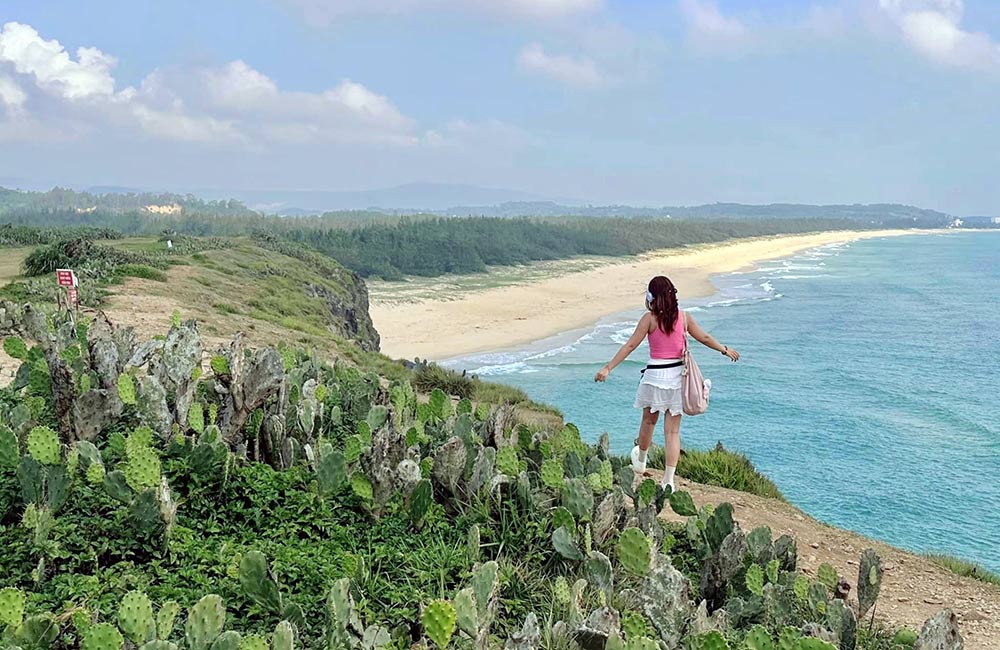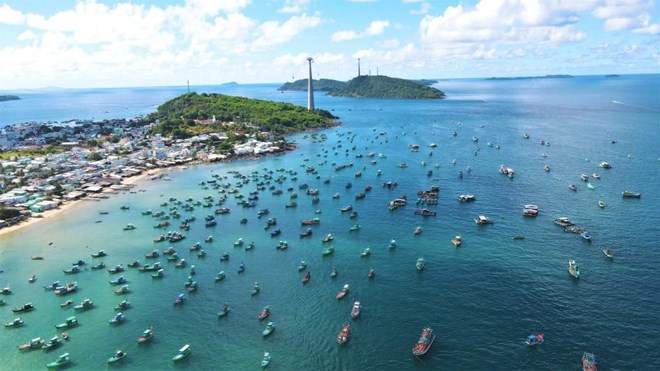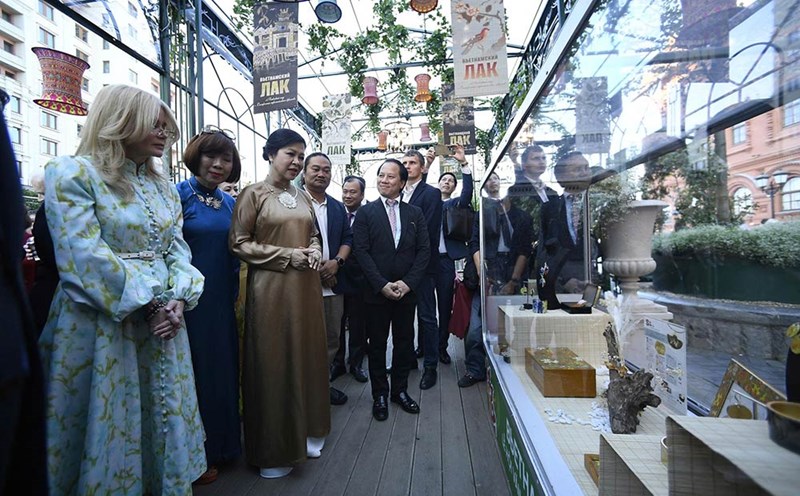Enterprises build and renew products
From the side of tourism businesses, merging provinces and cities means repositioning products and updating the entire promotion and communication system.
According to Mr. Bui Thanh Tu, Marketing Director of BestPrice Travel Company, this process not only opens up opportunities but also poses many challenges.
Previously, each locality had a small scale, and its products were broken into pieces. After the merger, tourism products become more diverse and easier to link, like Ho Chi Minh City used to only have the inner city and Cu Chi, now with more islands, toures are much richer, said Mr. Tu.
Sharing the same view, Mr. Nguyen Van Hieu - General Director of VitaminTours & Events commented that this is an opportunity for travel businesses to build and exploit many new tours.
The old Hung Yen has no sea or mountains, so it is almost only associated with agricultural tourism. After the merger, we have Hung Yen beach, many tourists are excited.
Similarly, in Dak Lak before, there were only mountains and forests. Currently, after merging Phu Yen, the locality and businesses can build a forest sea tourism brand to increase the experience, extending the length of stay for tourists".

Changing the place name makes communication activities more flexible. Mr. Tu said: "Many old places have been associated with the familiar image of tourists. Changing administrative names or merging regions has caused some destinations to lose their original identification. This requires us to update the data system, tour maps, communication content and destination introduction explanations to avoid causing confusion.
Travel agencies must simultaneously deploy solutions such as keeping the old name in the media to evoke linkages (for example: "Explore Town A (now in Province B), update media content on all platforms...
"Instead of simply saying a new name, we try to tell the old story more subtly, so that customers still feel familiar with it," Mr. Tu shared.
Media - the storyteller for the new brand of the land
According to social media expert Nguyen Ngoc Long, in the post-merger period, communication is not only a means of information communication but needs to play the role of a "reconciliation storyteller". What needs to be done is not to declare "we have completed the merger", but to tell a new story - connecting regions, respecting old memories, opening up a new future.
"Repotsetting a land is like rebuilding an old brand. If not told in emotional language, it will easily create cognitive conflicts, even negative reactions from the local community, said Mr. Long.
Experts say that the press and social networks need to coordinate smoothly at this stage. In particular, journalism should focus on reviving memories, analyzing strategies, and building trust. Social networks are a place to nurture emotional presence - through photos, videos, real-life stories.

Regarding the redesign of the tourism brand identification set, Mr. Long emphasized that this cannot be pure technical operations but an act of redefining the identity of a land in the public mind.
"In general, rebuilding the identification set requires preserving the old soul, that is, the identity that already exists in the visual and emotional memories of the community. At the same time, it is necessary to simultaneously create a new image that can inspire and demonstrate a long-term vision after the locality enters a new stage of development.
The identification set needs to distil the spirit - not to be lost in form, and to be told in a modern, suggestive, and profound visual language, Mr. Long emphasized.
However, in the case of localities implementing administrative mergers, the problem becomes much more complicated - because this process is not only about changing brand image, but also related to regional memories, community emotions and the shift of identity.
To build a new tourism brand, experts suggest that localities need to use communication as a continuous storytelling process, instead of short-term campaigns.
Localities start with close activities such as: video telling the story of the three lands before the merger, the contest "Memories of the new homeland", or the podcast "I am a citizen of the new province"...
In addition, the locality can apply some orientational strategies such as: considering communication as a comprehensive repositioning process, not just promotion, focusing on building a cohesive "iconic asset", building a two-way communication ecosystem for people to create together...
"Restoring local tourism brands after the merger cannot be successful in a few weeks or a few months. But if the communication strategy is designed systematically, has identity, connectivity, and highlights, this will be the driving force to bring the local image to new heights: a destination that is both familiar and strange, both inheriting the past and opening the way for the future, the expert concluded.










